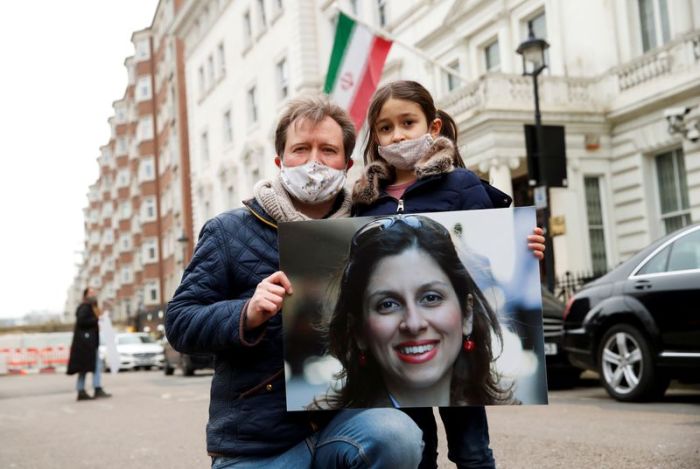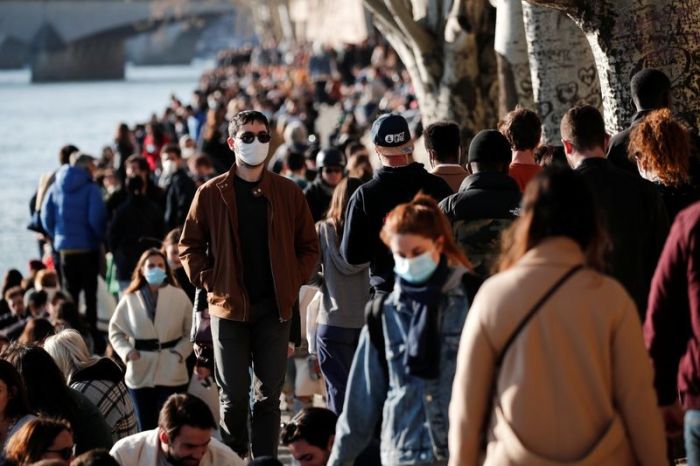WASHINGTON (Reuters) – U.S. passenger railroad Amtrak will restore daily service to 12 long distance routes starting in May after Congress on Wednesday gave final approval to $1.7 billion in additional emergency funding.
Amtrak says passenger demand still remains down by about 73% nationwide versus pre COVID-19 levels as millions of Americans avoid business travel, work at home or skip leisure trips.
Amtrak will also recall more than 1,200 furloughed employees.
“Offering daily long distance service represents a vital step in our road to recovery,” said Amtrak CEO Bill Flynn in a statement.
The routes include Chicago to San Francisco, Seattle to Los Angeles, New York to Miami, Washington to Chicago and New York to Savannah, with many intermediate stops. Most routes will resume daily service in May while four will restart June 7.
Congress required resumption of service as a condition of funding.
“This is a real win for America’s passengers and for the hundreds of communities served by Amtrak’s long-distance trains, communities which suffered economic pain when they lost their service last summer,” said Jim Mathews, President & CEO of Rail Passengers Association in a statement.
Amtrak previously received $2 billion from Congress in emergency funding last year.
In its last budget year that ended Sept. 30, Amtrak said operating revenue fell 32% to $2.3 billion over 2019 levels.
Amtrak has taken other steps to try to boost ridership, including offering private rooms and some overnight trains in the heavily traveled northeast corridor between Washington, New York and Boston.
Mass transit systems have also suffered as Americans took billions of fewer trips last year. Congress awarded mass transit systems another $30.5 billion in emergency assistance on Wednesday after giving them $39 billion previously. Transit remains down around 70%.
(Reporting by David Shepardson; editing by Richard Pullin)

























